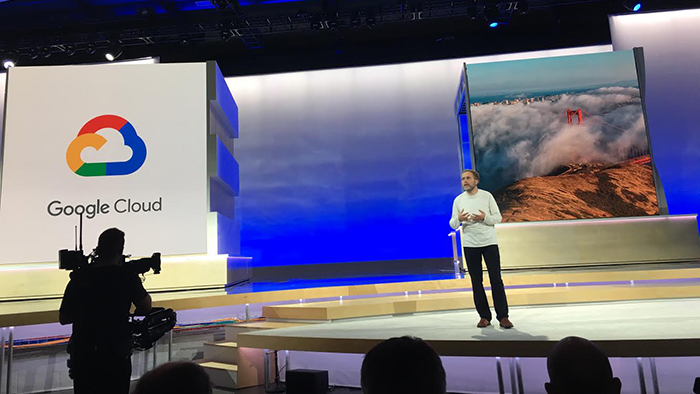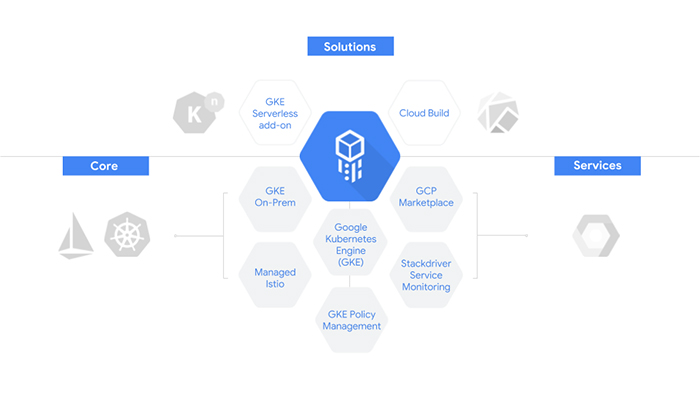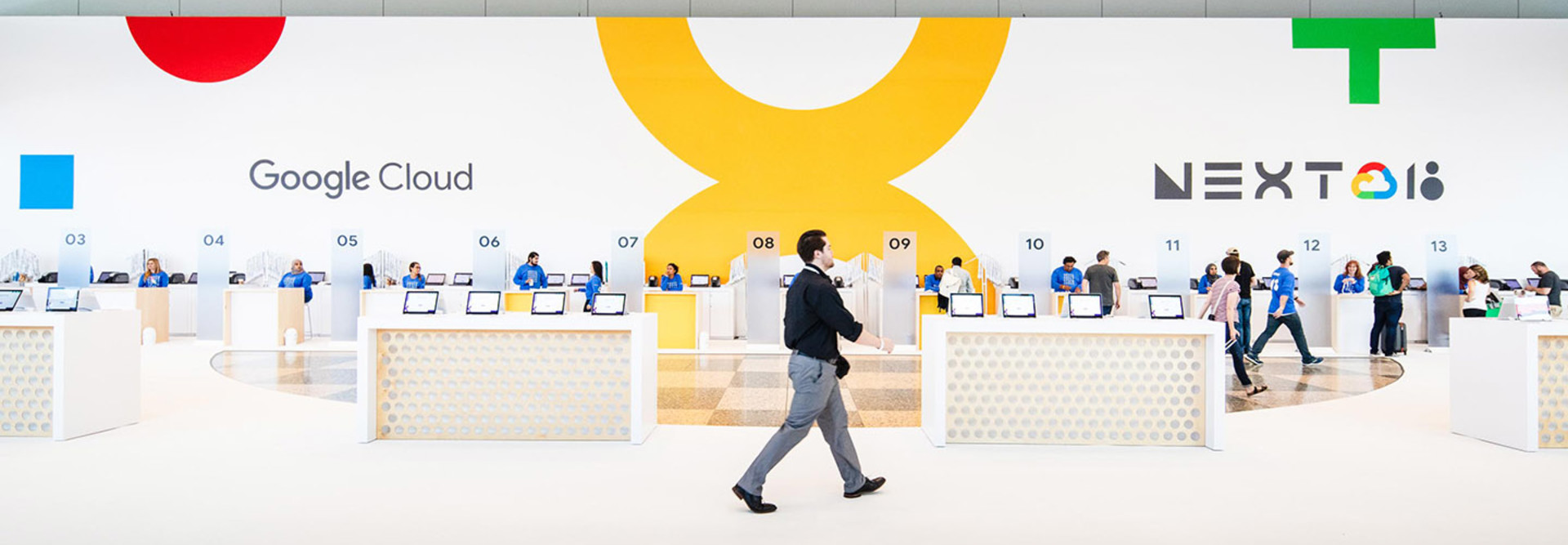Google Next 2018: Simplicity, Speed and Scale Drive Businesses to the Cloud
For many businesses, the debate is no longer “Will we or won’t we be in the cloud?” The daunting realities of digital transformation, coupled with limitations in human and capital resources to manage onsite data centers, make tapping into the cloud — with its vast ability to distribute, scale and power workloads — an essential, not optional, task.
“To make the fundamental change that we did without cloud would be like trying to make wine without grapes,” said Target CIO Mike McNamara, speaking at Google Next, the company’s big cloud and enterprise tech conference in San Francisco.
This theme of change and evolution was echoed by organization leaders and Google’s top brass throughout the first day of Next.
“IT has gone from being a cost center to a key driver for the business. We’re re-engineering how we do business, and that goes hand in hand with cloud,” said Google Cloud CEO Diane Greene during the opening keynote.
While big companies like Target have certainly tapped into cloud computing’s potential, with an impressive impact, Google CEO Sundar Pichai sees the cloud as an opportunity for businesses of all stripes and sizes.
“The cloud is going to be a huge opportunity for Google and all of you. We are deeply invested in the long run, and the best is yet to come,” he said.
SIGN UP: Get more news from the BizTech newsletter in your inbox every two weeks!
Kubernetes, Containerization and Apps Aim to Simplify Cloud
While we often talk about the value that operating in a cloud environment can bring, one of the challenges that come from migrating workloads to the cloud is that things can and do operate very differently.
Because data moves in a more elastic environment, the rules and infrastructure are different — and these nuances and differences are multiplied if your organization works in a multicloud environment, which many businesses do.
“Cloud providers do things their own way, and they differentiate in areas that aren’t really differentiated, they’re just different,” said Urs Hölzle, Google Cloud’s senior vice president of technical infrastructure.

Urs Hölzle, Google Cloud’s senior vice president of technical infrastructure, speaks at Google Next 2018. Photography by Ricky Ribeiro
Between 2005 and 2015, server costs fell by 15 percent, but administration costs rose by 83 percent, Hölzle noted.
“Administration has become one of the key expenses,” he said. “That’s not a good trend, and we want to change that.”
Google is driving forward with Kubernetes, an open-source container orchestration system for enterprise workloads. Google started Kubernetes in 2014 but quickly spun it off as an open-source project so the broader development community could add to it, and today it is maintained by the Cloud Native Computing Foundation. Google sells a production-ready managed service built on Kubernetes, the Google Kubernetes Engine (GKE), for businesses that want an easy and trustworthy way to deploy and manage containerized applications.
But Google recognizes that many companies, because of cultural or regulatory restrictions, need to work within a hybrid cloud model, and that means playing nice with on-premises technology.
That’s why the company announced GKE On-Prem at Google Next. This appliance will have all of the flexibility, agility and scalability of the cloud, but it will sit comfortably within the confines of a data center.

GKE is part of a broader offering, rolled out at Next, called the Cloud Services Platform.
“With Cloud Services Platform, we bring the benefits of the cloud to you, no matter where you deploy your IT infrastructure today — or tomorrow,” said Hölzle, in an official blog post announcing the release. “Cloud Services Platform puts all your IT resources into a consistent development, management and control framework, automating away low-value and insecure tasks across your on-premise and Google Cloud infrastructure.”
Interested in learning more about what Google is up to? Read additional articles from our coverage of Google Next 2018.









